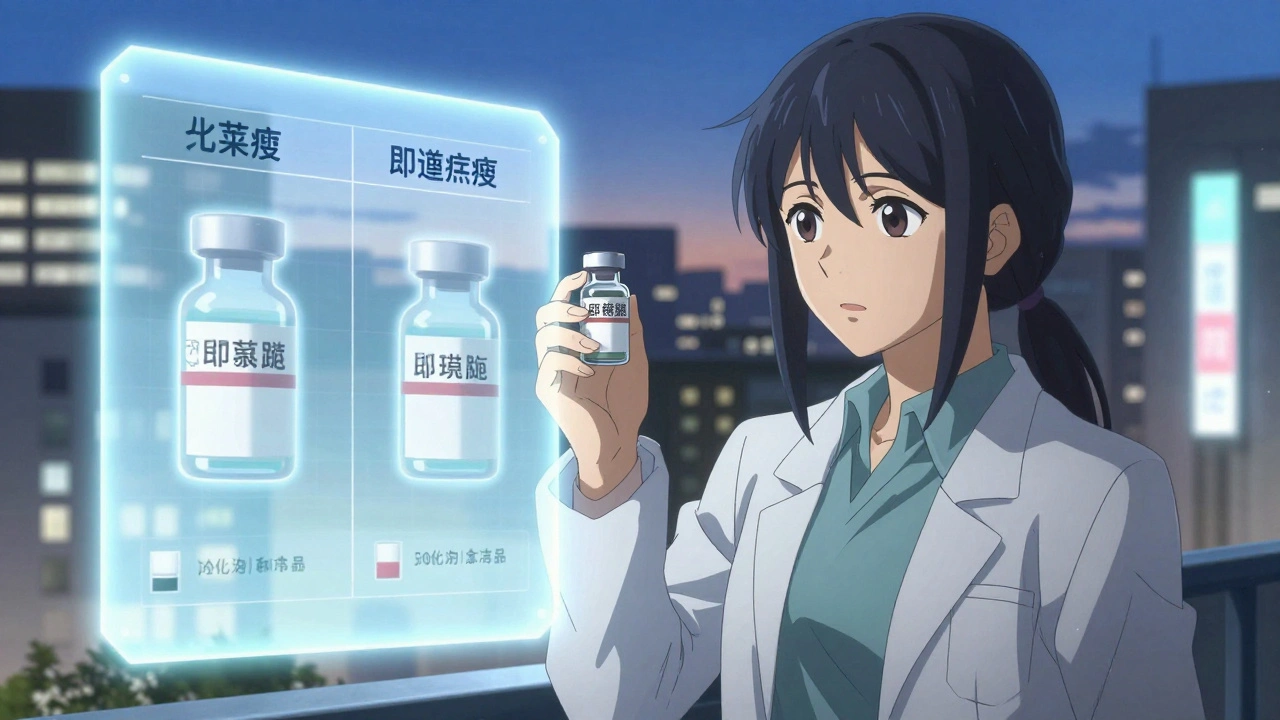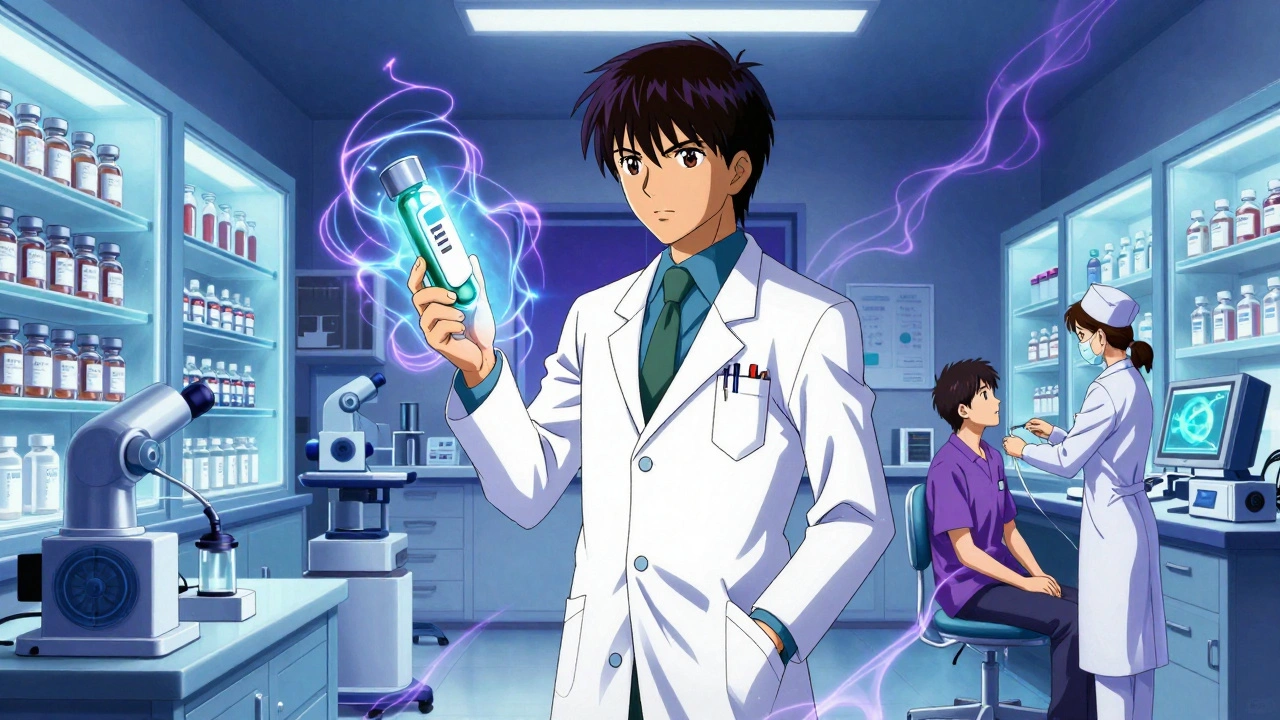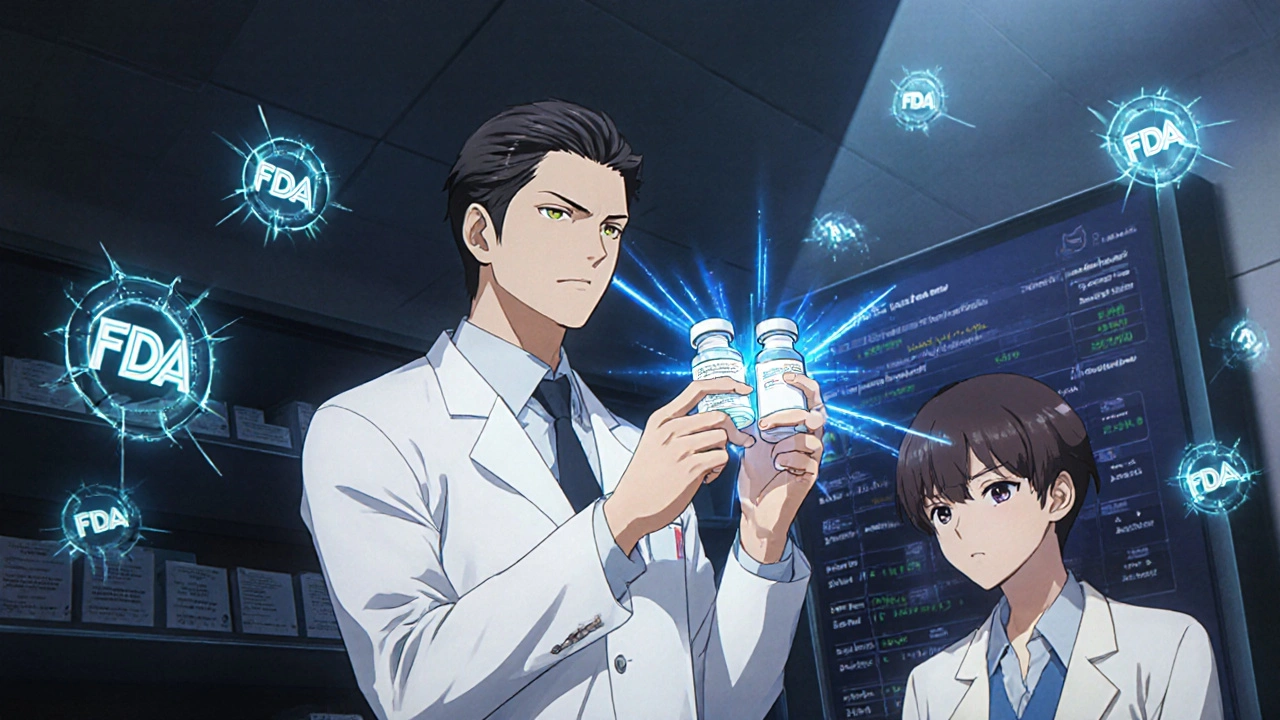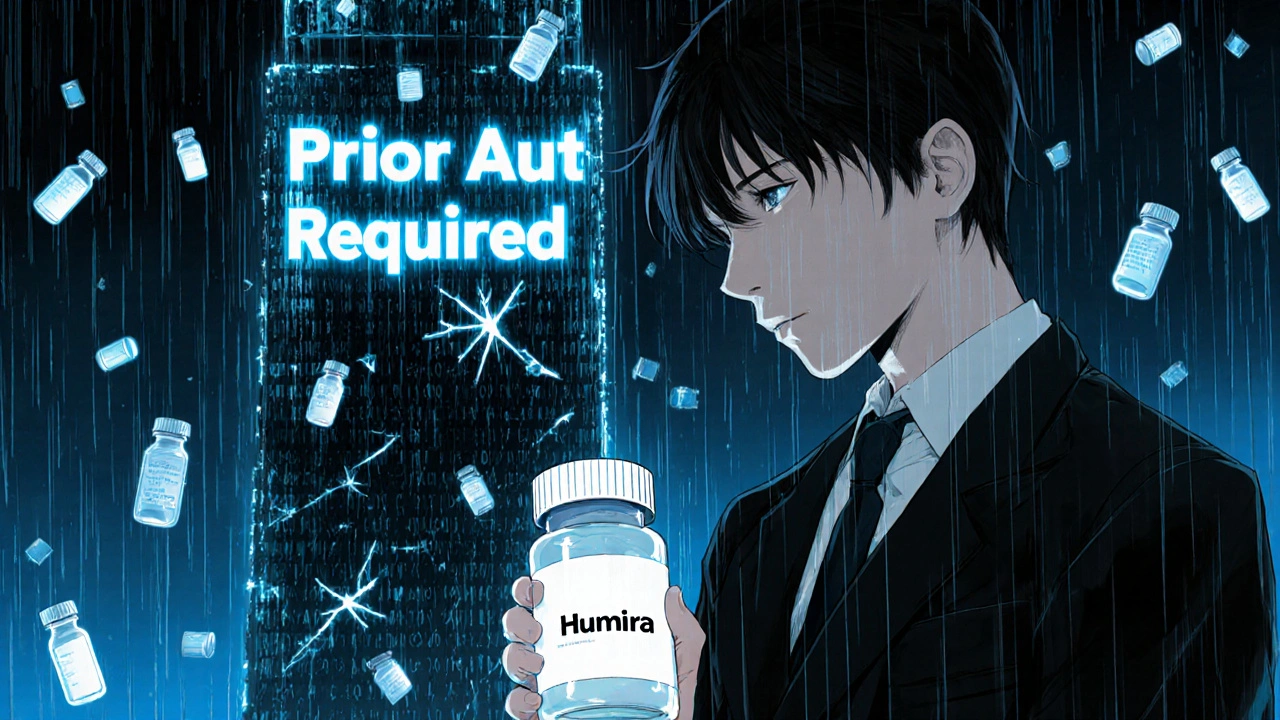Biosimilars: What They Are, How They Work, and Where to Find Safe Options
When you hear biosimilars, highly similar versions of complex biologic drugs approved after the original patent expires. Also known as biologic generics, they offer the same clinical benefits as the original but at a fraction of the cost. Unlike regular generic drugs, which are simple chemical copies, biosimilars are made from living cells—think of them as identical twins to the original biologic, not exact duplicates. They’re not cheaper knockoffs; they’re rigorously tested to match the original in safety, purity, and potency. The FDA requires them to show no meaningful difference in how they work in the body, which is why they’re trusted by doctors for conditions like rheumatoid arthritis, Crohn’s disease, and certain cancers.
What makes biosimilars different from generic drugs, simple chemical copies of brand-name medications is complexity. A generic pill like ibuprofen has one structure you can replicate exactly. A biologic drug like Humira is made of proteins grown in living cells—tiny variations in the process can change how it works. That’s why biosimilars need years of testing, not just chemical analysis. They’re also not interchangeable by default. Your pharmacist can’t swap a biosimilar for the original unless it’s officially designated as interchangeable by the FDA. This isn’t about holding you back—it’s about safety. You wouldn’t want a switch that changes how your body responds to treatment.
And while biosimilars are often discussed alongside biologics, medications made from living organisms that target specific parts of the immune system, they’re not the same thing. Biologics are the original, expensive drugs—like Enbrel or Remicade. Biosimilars are what come after, offering the same effect without the high price tag. That’s why they’re changing the game for people who need long-term treatment. A biosimilar for a biologic that costs $20,000 a year might drop to $6,000. That’s not a small saving—it’s life-changing for families, especially when insurance doesn’t fully cover the original.
But here’s the catch: not all biosimilars are created equal. Some are approved for the same uses as the original. Others are only approved for a few conditions. And while the FDA requires strict testing, you still need to know what you’re getting. That’s why so many people end up confused—especially when they see ads for cheap biologics online. The problem isn’t the biosimilar itself. It’s the shady sellers who mix them with fake pills, sell without prescriptions, or mislabel them as generics. You wouldn’t risk your health with a fake heart medication. Don’t do it with a biosimilar either.
What you’ll find below isn’t just a list of articles. It’s a practical guide to navigating this space safely. You’ll see how biosimilars fit into the bigger picture of drug approval, how they compare to other treatments, and what to look for when you’re choosing between options. We cover real cases—like how GDUFA laws speed up access to these drugs, how to spot fake versions of biologics sold online, and how to verify you’re getting what your doctor prescribed. Whether you’re managing a chronic condition, helping a loved one, or just trying to save money without risking your health, this collection gives you the facts you need to make smart choices.
How to Reduce Costs for Specialty Medications and Injectables: Proven Strategies for Patients and Employers
Specialty medications and injectables are driving up healthcare costs, but proven strategies like using biosimilars, switching to preferred pharmacies, and moving infusions out of hospitals can cut expenses by up to 50%. Learn how to save without sacrificing care.
Specialty Pharmacy: How Providers Manage Generic Specialty Drugs
Specialty pharmacies handle complex generic and biosimilar drugs with strict storage, education, and monitoring needs. Providers play a key role in ensuring safe dispensing, even when drugs are no longer branded.
Pharmacist Role with Biosimilars: Counseling and Substitution
Pharmacists play a critical role in biosimilar adoption by counseling patients, navigating complex substitution laws, and ensuring safe, cost-effective care. Learn how they drive real change in biologic therapy.
Insurance Coverage of Biosimilars: Prior Authorization and Tier Placement Strategies
Biosimilars can save patients thousands annually, but insurance coverage often blocks access through prior authorization and same-tier pricing. Learn how formulary rules, PBMs, and Medicare policies affect your out-of-pocket costs.




